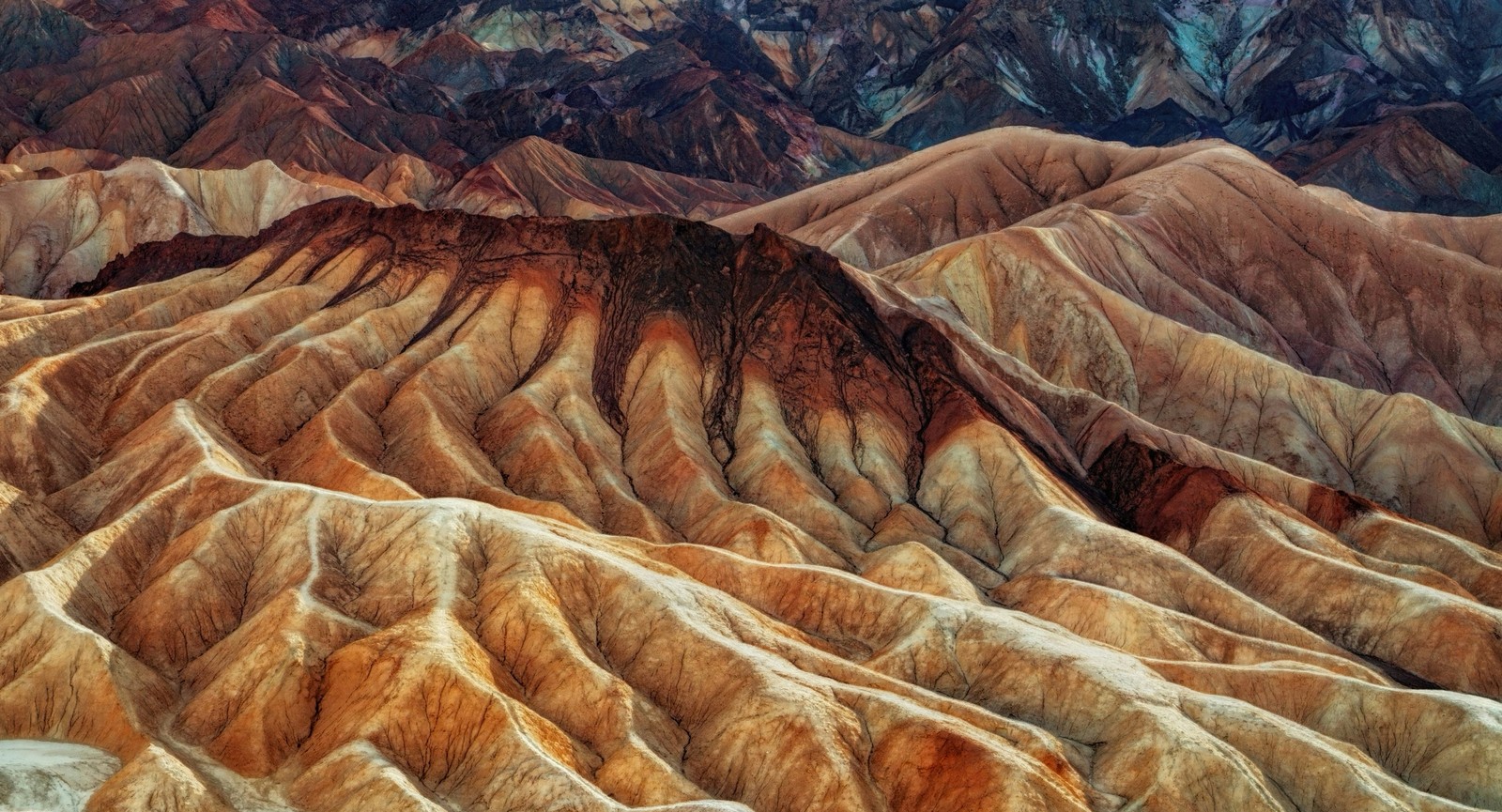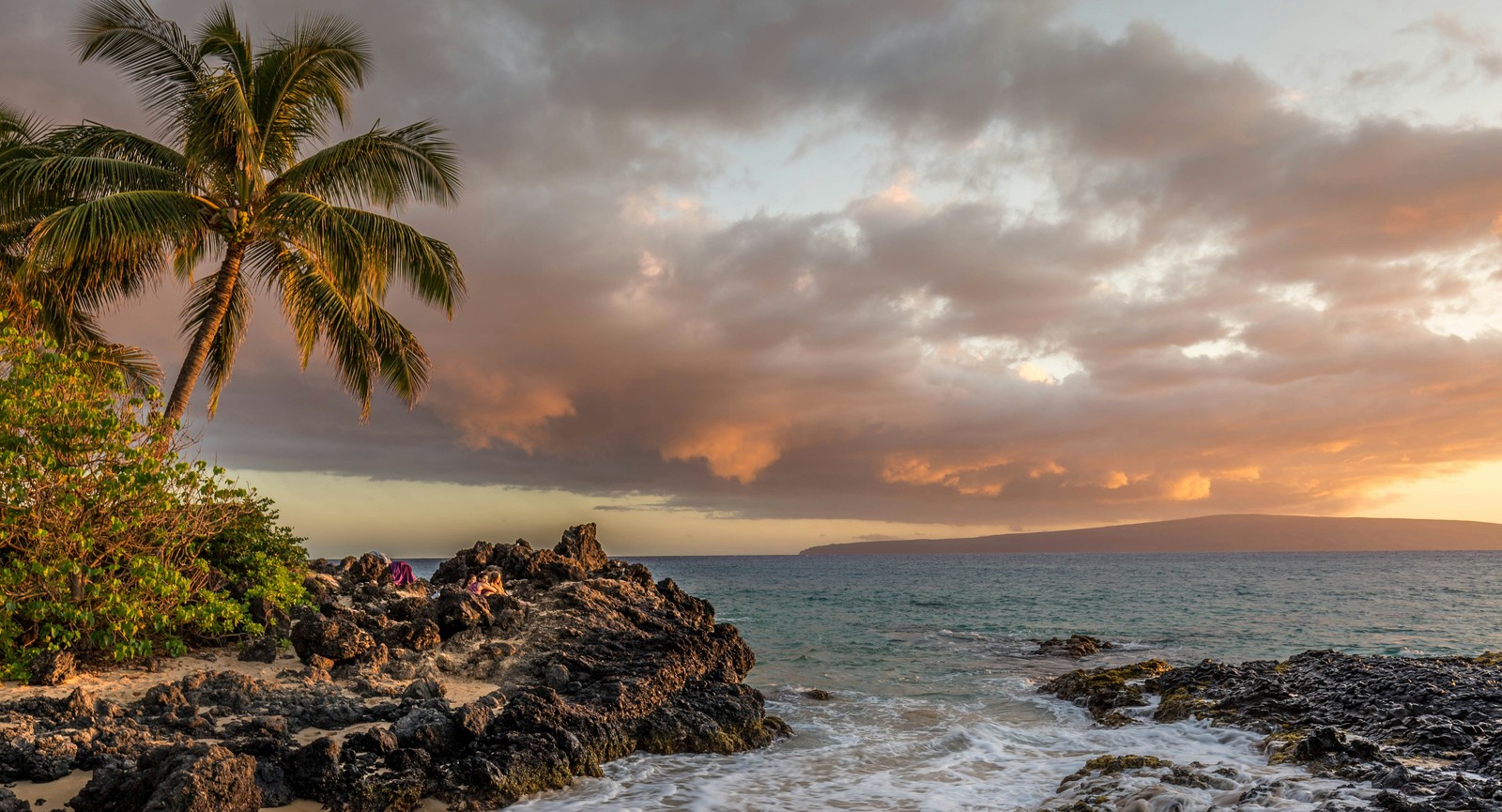A journey to the Land of Oz: 7 magical natural landmarks in Australia
From stunning beaches to striking rock features, falls, and rainforests, Australia is full of exciting adventures for lovers of nature and permanent sunshine.
A journey to the Land of Oz: 7 magical natural landmarks in Australia
 Image: Unsplash
Image: Unsplash
From stunning beaches to striking rock features, falls, and rainforests, Australia is full of exciting adventures for lovers of nature and permanent sunshine.
Australia is a country brimming with natural life, and local governments work hard to ensure that local species of flora and fauna are thoroughly protected from both invading species and humans. Between the very modern and comfortable cities, there are vast extensions of natural wonder that intrepid travelers can get to intimately know thanks to a robust tourism industry.
But if Australia only makes you think of deserts and solitary beaches, think again. From massive rainforests to rugged rock formations, beautiful falls, and incredibly complex cave systems, any visitor is reminded of the billions of years of natural events that shaped the continent.
With so many options in such a large country, it can be hard to decide where to go first. We gathered a list of the 7 most impressive natural landmarks in the land of Oz (as locals like to call their country) so that you won’t regret missing these later.
Uluru (Ayers Rock)
Uluru, also known as Ayers Rock, is a massive sandstone formation located in the center of the arid northern regions of Australia. A secluded spot, the nearest city is around 450km away, in Alice Springs.
Luckily, this impressive landmark can be accessed by air from all major Australian airports and also via Alice Springs airport. If you are looking for a driving adventure, you can take the Red Centre Way route. Alternatively, there are many organized tours that you can join at Alice Springs.
 Image: Unsplash
Image: Unsplash
Listed as a UNESCO World Heritage Site, the stunning red formation that stands out brightly in the middle of a sparsely vegetated desert is also a sacred site for indigenous Australians, and is believed to have started forming 550 million years ago. The surrounding area is home to many other beautiful features like springs, caves, and ancient rock paintings.
Great Barrier Reef
Recognized as one of the world’s seven natural wonders, the Great Barrier Reef is a popular tourist destination for travelers everywhere. Formed by more than 3000 individual reef systems, coral cays and sandy islands, this naturally formed reef contains an amazing abundance of marine life and is by far the largest in the world.
 Image: Unsplash
Image: Unsplash
You can enjoy a ton of activities, inside or outside water: from snorkeling and scuba diving to aircraft or helicopter tours, glass-bottomed boats, and other once-in-a-lifetime experiences like swimming with dolphins and whale watching.
Shark Bay
Located in Western Australia, Shark Bay is also listed as a UNESCO World Heritage Site, a natural park encompassing over 2.2 million hectares of crystal clear waters, islands, bays, and stunning rock formations rich with huge biological diversity, like the friendly dugongs, large marine mammals related to manatees.
Also, nature enthusiasts out there will be pleased to know that Shark Bay is often used by both Humpback and Southern Right Whales as a migratory staging area. As with many beautiful and naturally rich spots in Australia, Shark Bay is considered a sacred place for local indigenous groups, adding to the cultural significance of the place.
MacKenzie Falls
Within the Grampians National Park, among striking mountain ranges and lush vegetation, one can find the awe-inspiring MacKenzie Falls. You can take a hike to reach the base of these beautiful waterfalls, up to 35 meters in height. The falls are even accessible for wheelchair users through a specially designed trail that reaches a scenic lookout with views over the falls and their surroundings.
 Image: Unsplash
Image: Unsplash
The Pinnacles
Walking among the strange and sharp rock formations that dominate Nambung National Park, adequately called ‘The Pinnacles’, will make you feel like you are walking on the surface of another planet. The exact mechanism behind the formation of these natural limestone structures is yet not fully understood by scientists, although it is certain that the striking features date back millions of years ago when the whole area was under the ocean.
The nearby town of Cervantes offers an excellent staging area for any travelers, with many amenities of its own, like white sand beaches and seafood aplenty.
Daintree Rainforest
Australia is often represented - and quite fairly - as an arid country, home to vast limestone deserts with rocky features and natural parks with sparse vegetation. But there is more to it than just that, and the Daintree Rainforest, along the coast of Queensland, stands to prove it.
 Image: Unsplash
Image: Unsplash
This rare and complex tropical ecosystem is considered one of the oldest on the planet, with unique species that date from more than 110 million years ago. You can visit the protected rainforest in various ways, via guided tours and excursions or self-guided trails.
Jenolan Caves
The oldest open cave system in the world, at around 340 million years old, the Jenolan Cave system is also part of the UNESCO World Heritage region of the Greater Blue Mountains. These limestone underground labyrinths offer plenty of scenic backgrounds along their many trails, and guided tours take right to the best spots.
You can access the cave system by driving there on your own or arrange a guided tour from Sydney or Katoomba. But you don’t have to limit your visit to the caves alone, because the surrounding area is well worth a hike, filled with geological formations, strikingly blue lakes, and unique fauna.
Get ready for an exciting adventure
Australia is a large country, so make sure to plan your journey ahead. Fortunately, traveling within the country is easy by air, and you can reach most tourist spots on this list without having to compromise any other plans you have for your stay.
Remember to respect nature, and have fun!
More to explore
4 min read
Ten Rooftop Bars in Mexico City with Incredible Views
Read Now
4 min read
You won’t believe where these were filmed: Movie locations you can visit
Read Now
4 min read
Would Washington approve this? 12 odd details of American State Capitols
Read Now
4 min read
Ten experiences on Hawaii's Big Island you can't find anywhere else
Read Now



